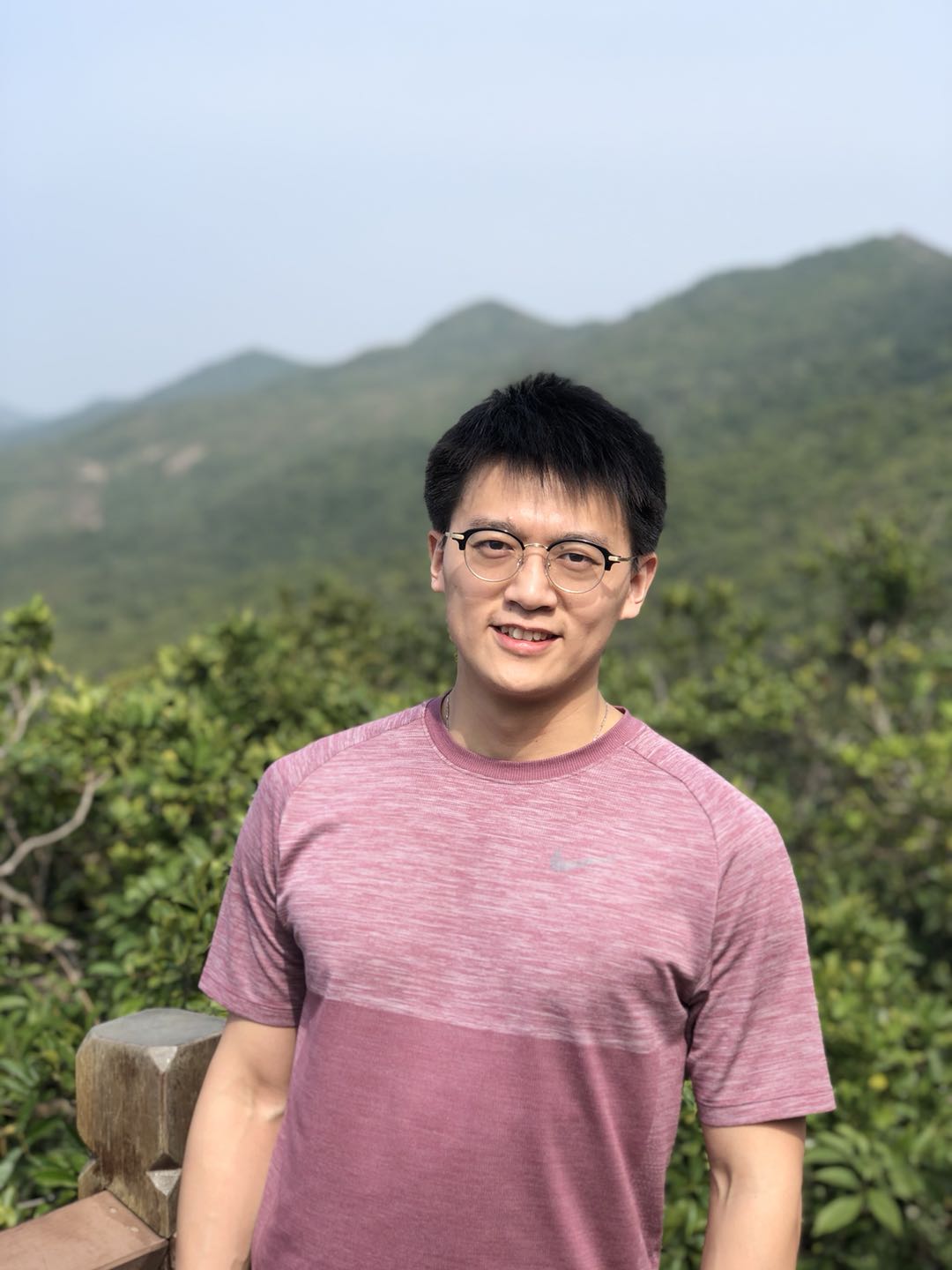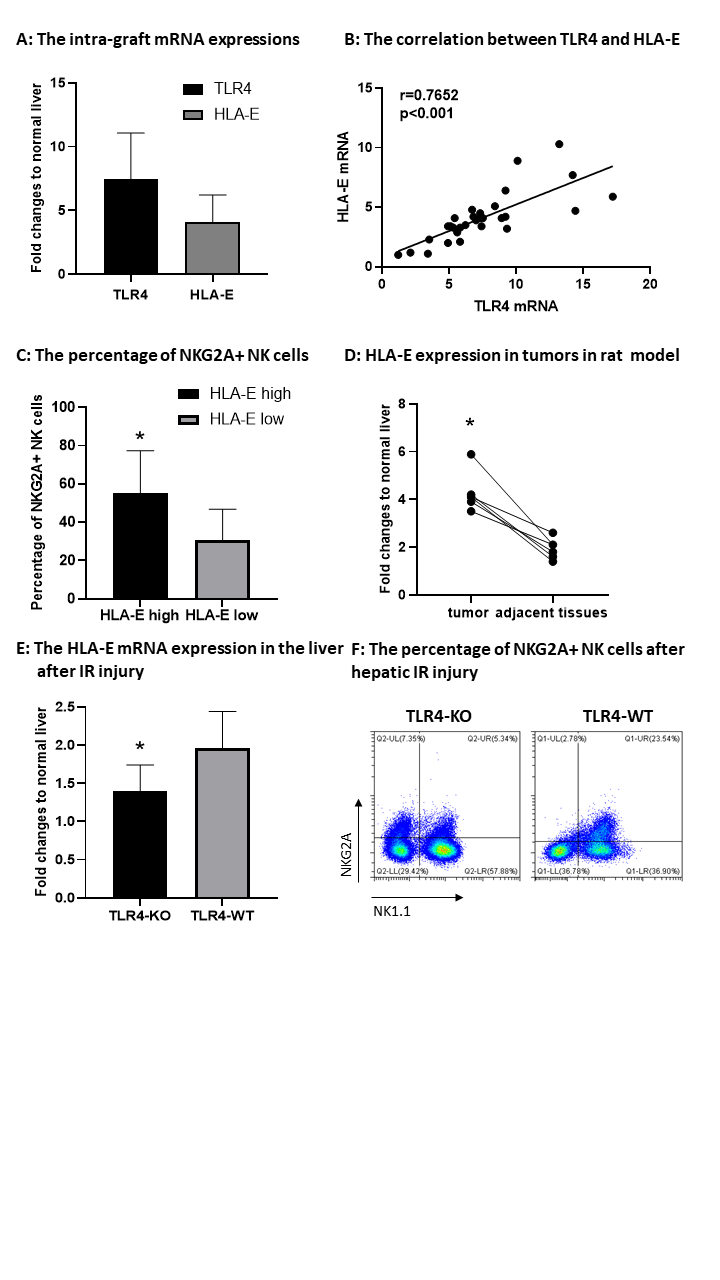
NK cell exhaustion facilitates tumor recurrence after liver transplantation via the TLR4 / HLA-E signaling pathway
Xinxiang Yang1, Kevin Tak-Pan Ng1, Chung Mau Lo1, Kwan Man1.
1Surgery, The University of Hong Kong, Hong Kong, People's Republic of China
Background: Expression of intra-tumor HLA-E is linked to poor clinical outcomes in HCC patients. However, the contributions to immune evasion of HLA-E, a ligand for the inhibitory receptor NKG2A on nature killer (NK) cells, in tumor recurrence after liver transplantation (LT) remains unclear. We aim to investigate the role of NKG2A+NK cells in tumor recurrence after liver transplantation.
Methods: To investigate the clinical relevance of circulating NK cells, 30 HCC patients who underwent liver transplantation were recruited. To explore the association between NKG2A+ NK cells and HCC development, a rat orthotopic liver transplantation model with tumor development was established. TLR4 knockout (KO) and wild-type (WT) mice were subject to hepatic ischemia-reperfusion (IR) injury and major hepatectomy.
Results: Intra-graft TLR4/HLA-E mRNA levels were upregulated at 2 hours after LT (Fig. A). There was a positive correlation between TLR4 and HLA-E expression (Fig. B). The patients were divided into HLA-E high expression and low expression groups based on the intra-graft HLA-E expression. The percentage of NKG2A+ NK cells in the HLA-E-high group was found significantly higher than that in the HLA-E-low group after LT (Fig. C). In a rat transplantation model with or without tumor cell injection, the HLA-E expression was significantly higher in tumor tissues compared to adjacent tissues (Fig. D). The percentage of NKG2A+ NK cells was dramatically higher in the group with tumor development than that without tumor. In a mouse hepatic IR model with major hepatectomy, hepatic HLA-E mRNA expression (Fig. E) and percentage of circulating NKG2A+ NK cells (Fig. F) were significantly decreased in TLR4 KO mice compared to WT mice.
Conclusions: TLR4/HLA-E signaling upregulated during liver graft injury directly induced the exhaustion of NKG2A+ NK cells, which impaired tumor immune-surveillance after LT.

There are no comments yet...